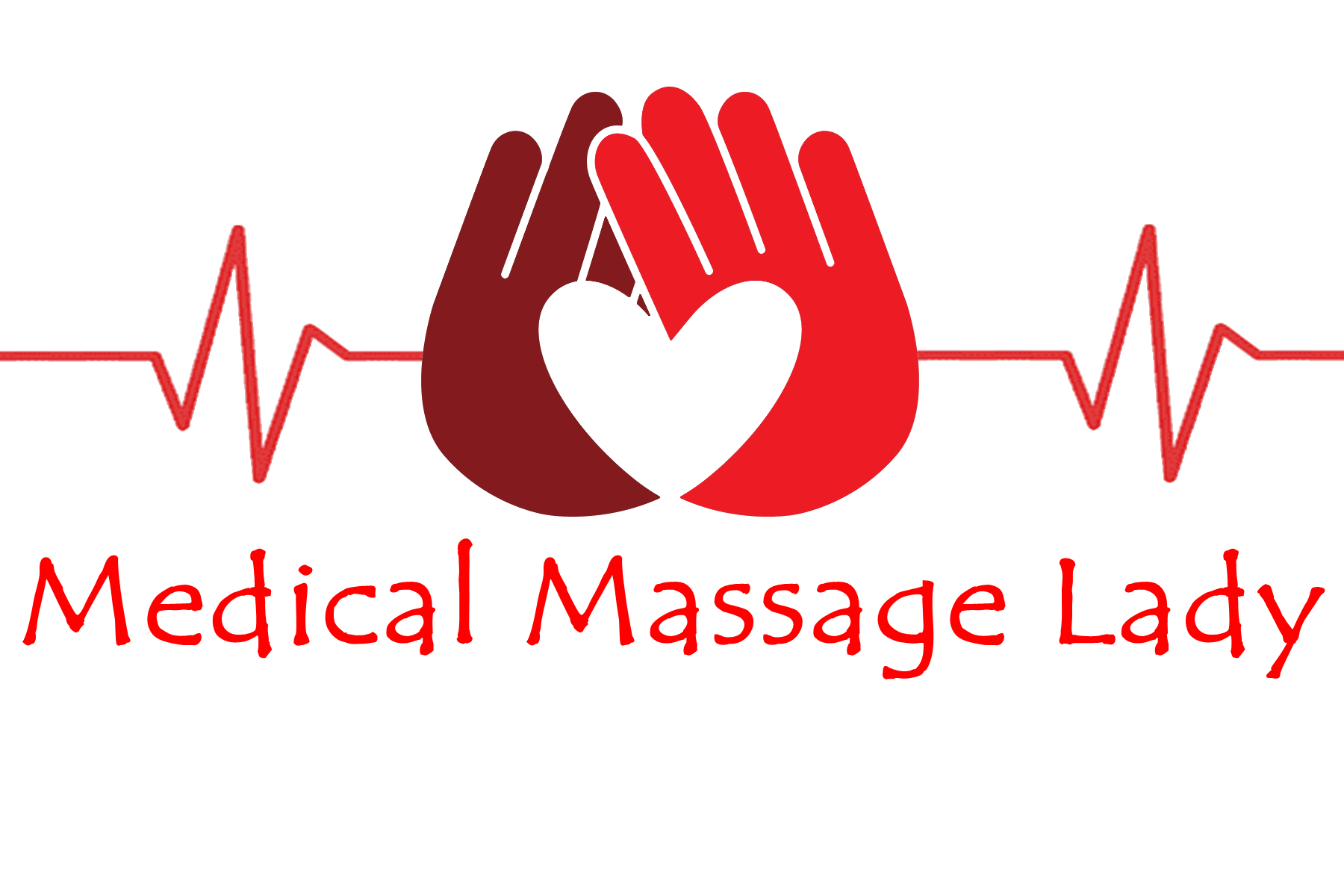- 07736 104738
- sam@medicalmassagelady.com
- Mon - Sat, 8:00 - 18:30
Mental Health
(While the focus of this post is on anorexia nervosa, many of the benefits also apply to those with bulimia and also compulsive overeating disorders.)
The incidence of eating disorders is rapidly increasing, but treatment rates are still low.
• almost 33% of secondary school girls and 16 % of boys exhibit symptoms of an eating disorder, whether bingeing, purging or starving
• it is thought that women are around 7 times more likely to suffer than men • eating disorders have the highest mortality rate for all psychiatric disorders
• 6 -10% of serious cases of anorexia result in death
• up to 25% of eating disorders in general, result in death
• over 75% of deaths related to anorexia occur in those over the age of 45
• anorexia nervosa is commonly a disease of young, overachieving women
The impact on the health of those suffering with an eating disorder is extensive, and includes:-
• irreversible bone loss (particularly in men)
• liver, kidney and bowel damage • irregular heart rhythms and cardiac arrest
• loss of fertility and menstruation in women • complete loss of self worth
• severe anxiety and depression
• extreme body dysmorphia
There are many factors involved in someone developing an eating disorder, the most common being:-
• modern society’s obsession with the “perfect body” and increased access to this via social media
• the unconscious needs for recognition and selfhood – eating disorders always involve an element of control over one’s life
• starvation is seen as necessary in order to achieve not only physical beauty, but emotional acceptance
• those suffering from eating disorders are often people pleasers, striving for perfection to make others happy rather than to empower themselves, setting impossibly high standards that don’t meet with reality. When they are unable to meet these standards they see themselves as a worthless failure, and so the eating disorder begins
• the reality becomes the need to achieve by becoming the best at being the least deserving
There is no definitive cause, and numerous variables such as family dynamics, trauma, social acceptance etc come into play, but certainly eating disorders are predominantly driven by psychological rather than physical factors. In terms of treatment, however, it is important to realise that the eating disorder is not the problem, but the symptom. The problem is the negative mindset that initiated the eating disorder, often referred to as ‘confirmed negativity condition’. Treatment has to break the cycle of negative thoughts being dominant so that the person’s perception becomes realistic rather than subjective negativity. However, denial of the problem due to this unrealistic perception can make effective treatment difficult.
The main focus of treatment has traditionally involved various psychological approaches eg individual psychotherapy and cognitive behavioural therapy, family counselling, support groups, but even when eating disorder behaviours have stopped, there is still often the need for years of counselling. Although psychotherapy remains a primary treatment, other therapies such as massage therapy is now recognised as a stepping stone treatment to enable long term restoration of psychological wellbeing. Specific benefits of massage to those with eating disorders include:-
• addressing the need for comfort through touch
• rebalancing the body’s distorted chemical state
• increased secretion of neurohormones which impact on an individual’s mood and behaviour, potentially changing eating habits eg.serotonin which regulates emotions and can positively impact on negative eating patterns, and oxytocin, which promotes feelings of comfort and love
• reduced secretion of stress-hormones resulting in less anxiety and increased ability to cope with recovery, reducing obsessive perfectionist tendencies
• relaxation allows us to disconnect from ourselves and feel more confident, reducing body dysmorphia.
While massage can not be viewed as a sole treatment, it can treat both psychological and physical aspects of the disorder, working at a subconscious level in a way that psychotherapy can not do.
WHAT MAKES MASSAGE SO EFFECTIVE FOR EATING DISORDERS?
Humans crave touch as a way of connecting with each another and forming relationships, but research has shown a link between touch deprivation, both in childhood and adulthood, and body image associated with anorexia. Touching, hugging and playing during childhood have been shown to positively impact on body image. In the same way negative touch, in whatever form will also impact on our perception of ourselves. While massage can’t replace touch deprivation as a child, it can impact on our perception as adults and help restore a positive body image.
WHAT DOES THE RESEARCH SHOW?
• In 2 studies relating to bulimia and then anorexia, it was found via submitted data, saliva cortisol samples, urine dopamine samples, cortisol and catecholamine levels, that massage reduced anxiety and cortisol levels and drastically improved moods.
• While some studies have shown no weight gain the improved responses of participants in their submitted data suggests that massage may encourage more positive eating behaviours, and that the effects of this would increase with intensity and duration of treatments.
• In addition to reducing anxiety and improving mood and body image, massage was found to correct biochemical abnormalities of anorexia, and therefore worked on both a psychological and physiological level.
• By improving body confidence and awareness, massage may also facilitate close physical contact in intimate relationships, thus helping to fulfil the need for touch further.
• There has been little success in treating the psychological aspects with antidepressants, despite serotonin being low in those with eating disorders, but massage has been shown to alter brain chemistry by increasing secretion of neurohormones eg. dopamine which promotes fine motor activity as well as mood.
• All triggers need to be addressed, not just psychological, but physical and environmental
As always, if seeking a treatment for this issue, make sure that you see a therapist who is registered and experienced in dealing with the disorder.




